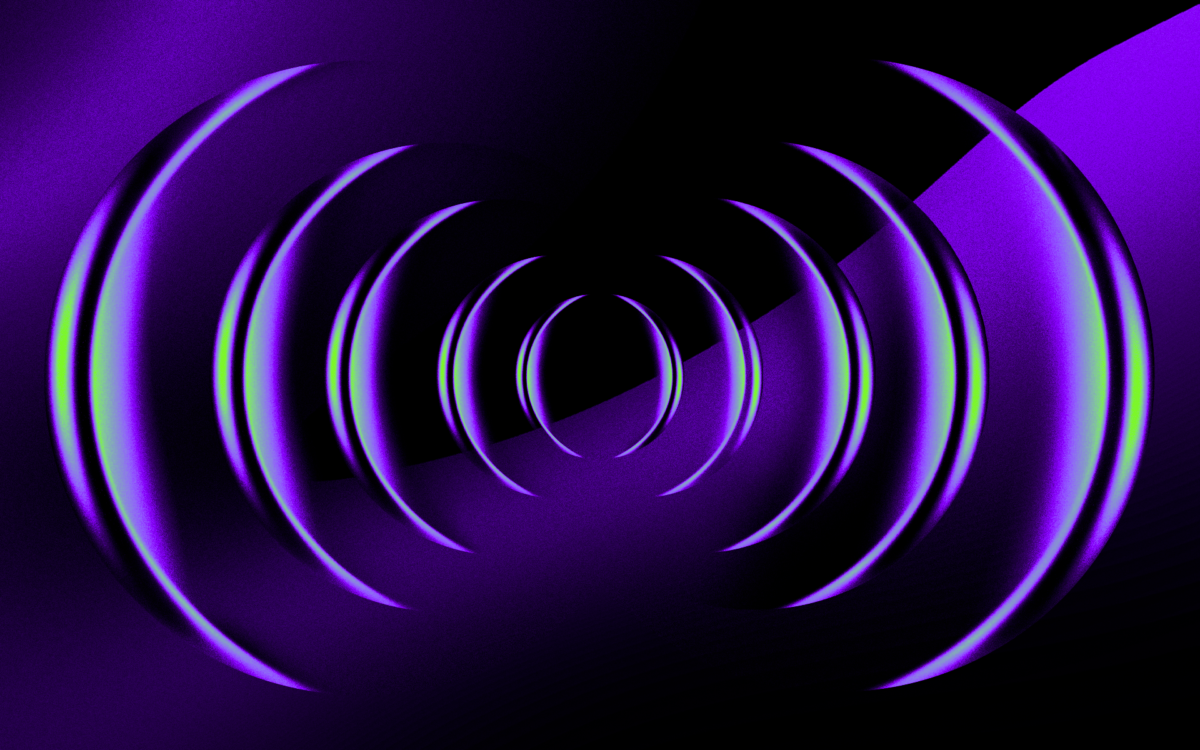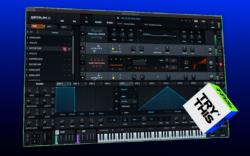Within just a few years since its emergence in the 2010s, melodic techno has become a global phenomenon.
Its layered harmonies, sweeping progressions, atmospheric pads, and signature rolling stab bass combine to set melodic techno apart from other dance styles.
Sitting at the intersection between hypnotic repetition and emotional storytelling, melodic techno paved its own path from techno by slowing things down just enough to inject melody, texture, and harmonic introspection. In doing so, the genre turned the dancefloor into a reflective space emphasizing melody and atmosphere.
In this article, we explore melodic techno’s unique characteristics, history, artists, and more.
Let’s dive in!
What is melodic techno?
Melodic techno is a subgenre of electronic dance music that has gained widespread popularity at a remarkably fast pace.
Blurring the lines between dancefloor functionality and emotional depth, it draws equally from the momentum of techno and the widescreen drama of epic scores. It grounds itself to both concrete basements and open-air festivals, with its appeal lying in the duality of cinematic melodies paired with equally elegant but driving drums.
Far from being just a softer variant of techno, melodic techno carves out its own emotional lane where tension and transcendence coexist side-by-side.
The history of melodic techno
Melodic techno didn’t arrive with a bang. Rather, it emerged slowly, developing through a cultural undercurrent running beneath minimal and progressive house in the late 2000s. The popularity of analog-driven techno in particular hinted at something more emotional and expansive on the horizon.
Origins of melodic techno
Melodic techno’s roots stretch back to Germany, where producers like Stephan Bodzin, Extrawelt, and Kollektiv Turmstrasse began forming the sound. These artists didn’t just program patterns, but rather sculpted arcs, turning static grooves into journeys that swelled and sighed like film scores for club-goers.
Bodzin’s 2007 release Liebe Ist… served as a precursor to the genre, notable in how it didn’t just hint at melody, but rather made it a central character.
At the same time, labels like Kompakt, Innervisions, and later Life and Death also became curators of this emerging sound, elevating records that favored melodic development over percussive reduction.
Other early artifacts of the sound include:
- “Doch Doch” by Extrawelt (2006)
- “Tristesse” (2009) and “Last Day” (2010) by Kollektiv Turmstrasse
- “Levo” (2013) by Recondite
Much of this music came from vibe-driven experimentation. Artists weren’t trying to create “melodic techno” at the time—they were simply infusing traditional techno with other genres and elements.
Tale of Us and Afterlife
By the mid-2010s, the genre found its figureheads. The Italian duo Tale of Us launched Afterlife, a label and event series that would go on to define melodic techno’s new wave. Their releases fused atmospheric tension with trance-adjacent motifs, helping the genre become a mainstay on both underground and mainstage lineups across the globe.
Tale of Us’ own productions like “Nova” didn’t hide their cinematic aspirations; they leaned into drama and scale, reflective of how the genre was stepping into its own identity.
Today, the genre carries echoes of its predecessors—minimal, trance, and progressive house—but speaks a language that’s uniquely its own: one of tension and release and shadow and shimmer.
Melodic techno artists
While it’s impossible to create an exhaustive list, in addition to those already mentioned, here are several artists who are also key to the development of melodic techno.
ARTBAT: This Ukrainian duo brought a high-impact, big-room sensibility to melodic techno. Fusing hypnotic grooves with trance-like leads and swells, they helped usher the genre into festival main stages. Their breakout remix of Monolink’s “Return to Oz” became a defining moment in the genre’s global rise. Other key tracks include “For a Feeling” and “Horizon.”
Colyn: With a sound that leans into longing and nostalgia, Colyn emerged as one of Afterlife’s most beloved artists. His productions are layered with harmonic tension and analog warmth, and tracks like “Resolve” and “Amor” have become classics.
Kevin de Vries: Known for creating melodic techno that flirts with trance energy, Kevin de Vries crafts cathartic breakdowns and drops. His tracks like “Dance With Me” are festival go-tos that balance detail and drive.
Massano: One of the most exciting new voices in melodic techno, UK producer Massano leans into darker cinematic territory. His track “Odyssey” is another staple in Afterlife sets, followed by “Breathe” and “Shapeshifter,” which blend emotional builds with industrial grit.
Innellea: An auteur in the genre, Innellea is known for shaping intricate tracks that place a keen focus on unexpected sound design. Standout tracks include “The World Returns” and “Forced to Bend.”
Explore the building blocks of melodic techno
And there you have it! Hopefully this article gave you a solid foundation on the definition, history, and key artists of melodic techno.
If you make your own music and are interested in incorporating the genre’s influences into your productions, you can find royalty-free one-shots, loops, synth presets, and more on Splice Sounds.
What are your favorite melodic techno tracks? What other genres would you like to see us explore next? Start a conversation with us and an ever-growing community of music creators via the Splice Discord.
Incorporate melodic techno samples into your own productions:
August 13, 2025

.svg)
.svg)




